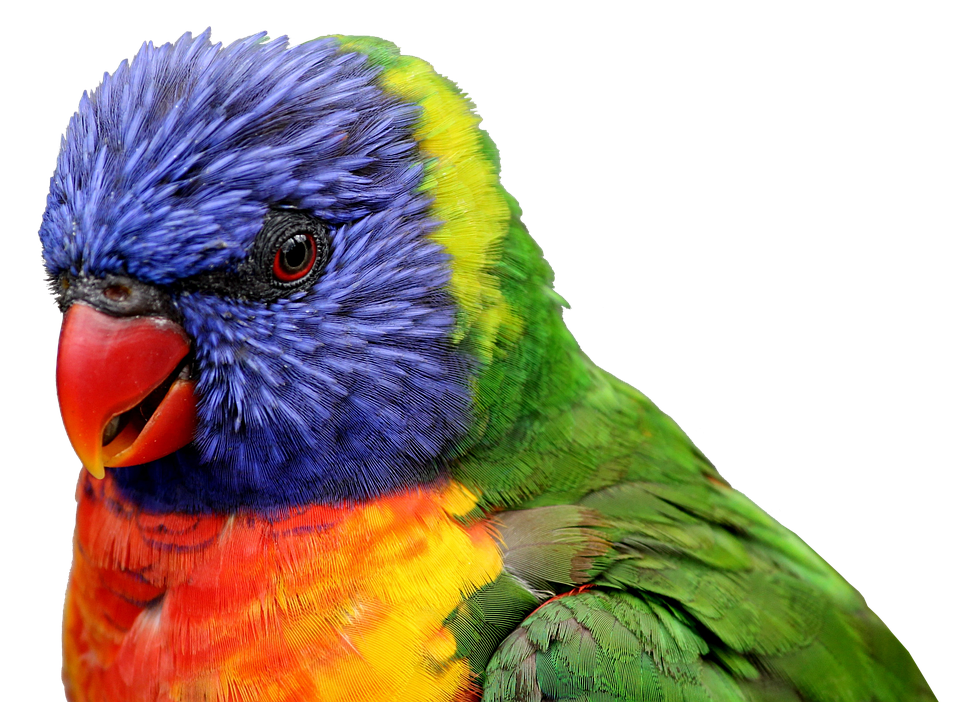Promoting Flying Exercises and Flight Recall Training for Flighted Parrots
Introduction
Flight is an integral part of a parrot’s natural behavior and is crucial for their physical and mental well-being. As responsible parrot owners, it is essential for us to promote flying exercises and flight recall training to ensure our feathered friends can maintain their natural abilities. In this article, we will explore effective methods to encourage flight in flighted parrots and provide insights on flight recall training. Let’s dive in!
Why is Flying Important for Flighted Parrots?
Parrots are born to fly, and it is their primary mode of transportation in the wild. Flying offers numerous benefits to flighted parrots, including:
1. Physical Exercise: Flight engages multiple muscle groups, promoting overall fitness and preventing obesity.
2. Mental Stimulation: Flying allows parrots to explore their environment, mimicking their natural behaviors and providing mental enrichment.
3. Emotional Well-being: Flighted parrots experience a greater sense of freedom and self-confidence, leading to improved emotional health and reduced stress.
Creating a Safe Environment for Flying Exercises
Before encouraging flying exercises, it is crucial to create a safe environment for your parrot. Consider the following factors:
1. Room Size: Ensure the room where your parrot will be flying is spacious enough to accommodate their wingspan without any risk of collision.
2. Remove Hazards: Remove any potential dangers such as ceiling fans, open windows, mirrors, or unstable objects that could harm your parrot during flight.
3. Parrot-Proofing: Parrot-proof the room by covering electrical cords, securing toxic plants, and ensuring windows and doors are closed to prevent accidental escapes.
Encouraging Flight in Flighted Parrots
1. Provide Ample Space: Allow your parrot plenty of space to stretch their wings and fly. A large flight cage or aviary can be a great addition to your parrot’s living area.
2. Encourage Vertical Flight: Install perches at varying heights to encourage your parrot to fly up and down, mimicking their natural flight patterns.
3. Offer Motivation: Use positive reinforcement techniques to motivate your parrot to fly. Engage in interactive play sessions with toys, treats, or favorite objects to encourage them to fly towards you.
4. Flight Feathers Maintenance: Ensure your parrot’s flight feathers are in good condition. Regular wing trims by a qualified avian veterinarian can help maintain flight control while keeping them safe.
Flight Recall Training for Flighted Parrots
Flight recall training teaches your parrot to return to you upon command and is crucial for their safety. Follow these steps to train your parrot:
1. Establish Trust: Build a strong bond with your parrot based on trust and positive reinforcement before starting recall training.
2. Choose a Cue: Select a distinct recall cue, such as a specific whistle or phrase, that your parrot will associate with flying back to you.
3. Start Indoors: Begin training indoors in a controlled environment. Call your parrot using the recall cue and reward them with praise, treats, or their favorite toy when they return to you.
4. Gradually Increase Distance: Once your parrot consistently responds to the recall cue indoors, gradually increase the distance between you and your parrot in an enclosed space.
5. Outdoor Training: Once your parrot is proficient in indoor recall, you can progress to outdoor training in a secure, enclosed area such as a flight cage or aviary.
Frequently Asked Questions
1. Can all parrot species be flighted?
Yes, all parrot species have the capability to fly, but some may require specific training or accommodations due to their size or flight abilities.
2. Is it safe to let my parrot fly outdoors?
Outdoor flight should only be practiced in a controlled and secure environment, such as a flight cage or aviary. Outdoor environments pose various risks, including predators, weather conditions, or potential escape.
3. Can flight recall training be taught to older parrots?
Yes, flight recall training can be taught to parrots of all ages. However, older parrots may require more patience and consistent training to establish the desired recall behavior.
4. Should I trim my parrot’s flight feathers?
The decision to trim flight feathers should be made in consultation with an avian veterinarian. Trimming can be beneficial in certain situations, such as ensuring the parrot’s safety in an unsuitable environment or during initial training stages.
Remember, promoting flying exercises and flight recall training should always prioritize the safety and well-being of your parrot. Enjoy the journey of helping your feathered friend embrace their natural abilities and strengthen your bond along the way!









